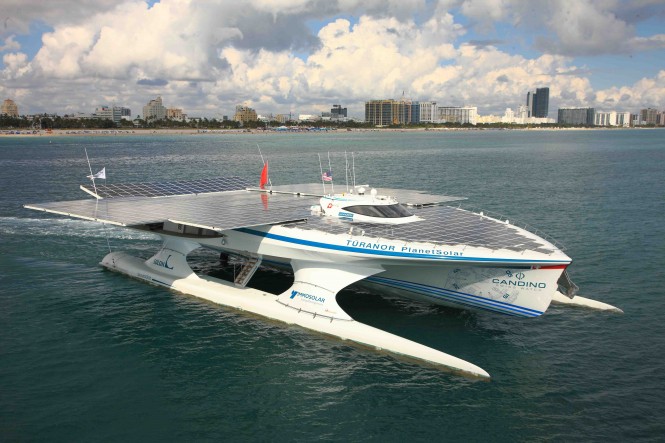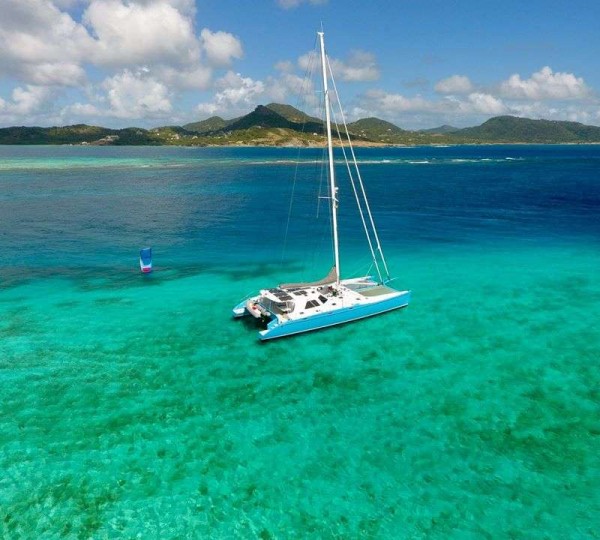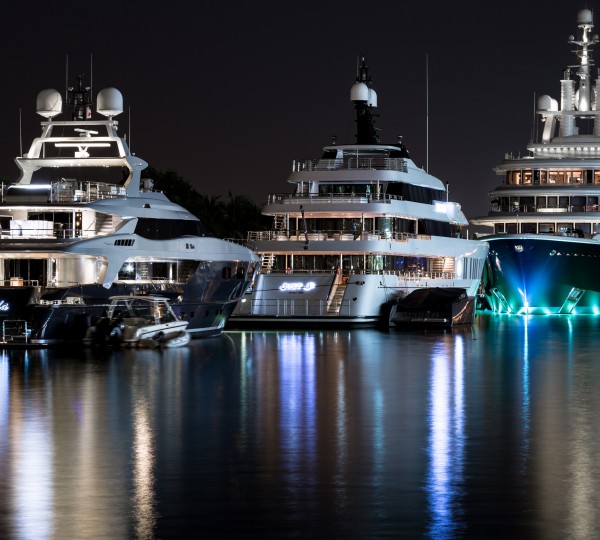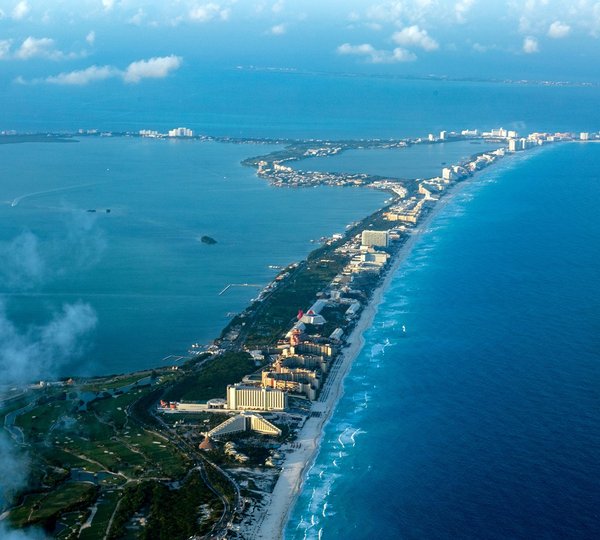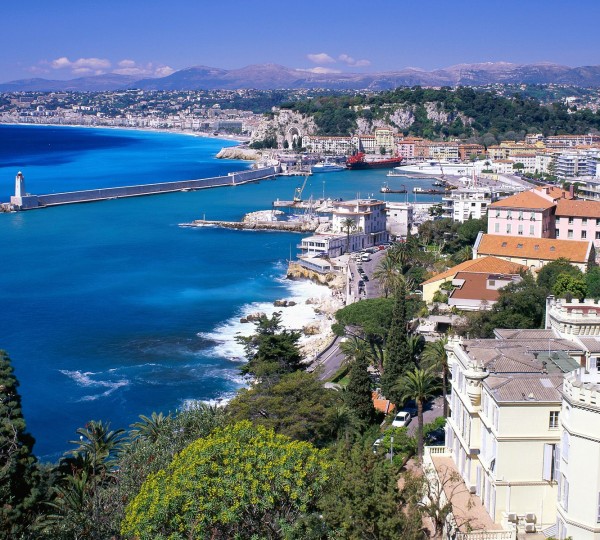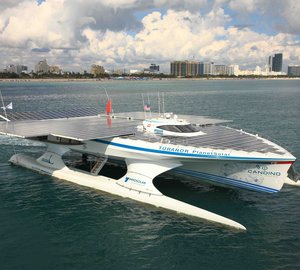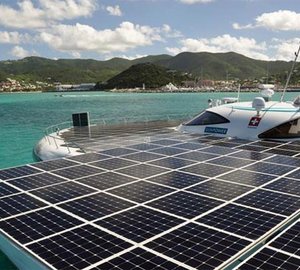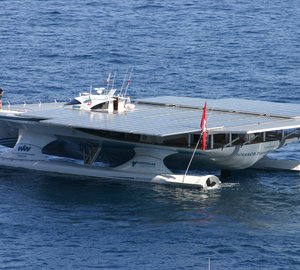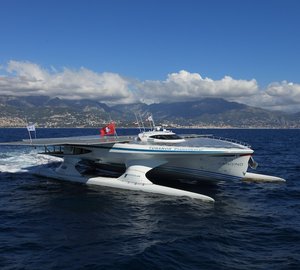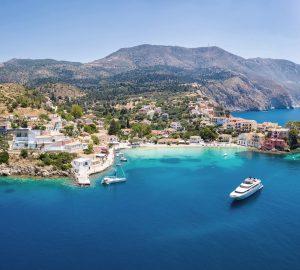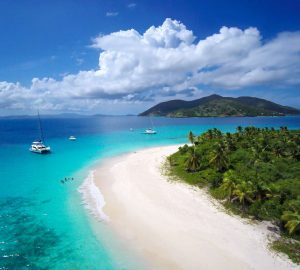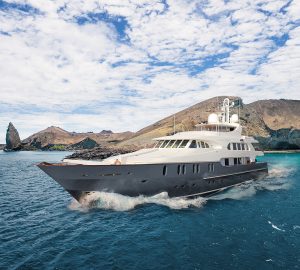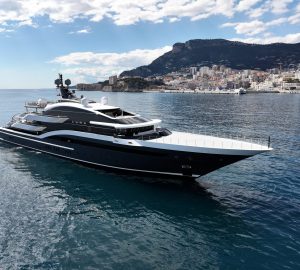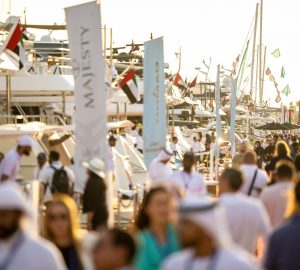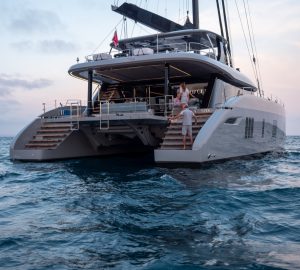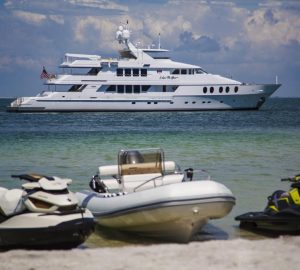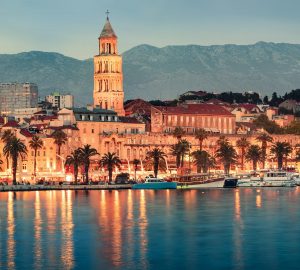The world’s largest solar boat, MS TÛRANOR PlanetSolar has set out from Miami and is on course for its next port of call: the World Climate Change Conference in Cancún.
At the world climate conference of the UNFCCC (United Nations Framework Convention on Climate Change) in Cancun , discussions are currently being held on the subject of climate change and the possible ways of providing sustainable environmental protection. On its roundthe- world voyage the solar catamaran MS TÛRANOR PlanetSolar, sailing under Swiss flag, is expected dock at the conference location Cancún on 6 December 2010. The boat’s presence will provide visible proof of an efficient and forward-looking use of solar technology to improve the climate.
To date the circumnavigation of the globe by MS TÛRANOR PlanetSolar has been very successful. With its crew of six – Mikaela von Koskull (Finland), Jens Langwasser (Germany), Christian Ochsenbein (Switzerland) and Daniel Stahl (Germany) as well as Captain Patrick Marchesseau (France) and project founder Raphaël Domjan (Switzerland), the Swiss solar ship crossed the Atlantic using only the power of the sun. It reached Miami and the American continent on 27 November, 61 days after its departure. The next port of call, Cancún, is an important stopover on the round-the-world voyage: 194 countries are currently focusing on world climate here.
Doris Leuthard, President of Switzerland and Environment Minister, is a supporter of the PlanetSolar project, which will gain further emphasis through the presence of Switzerland and the Swiss Confederation. All those involved hope that the presence of the solar boat at the United Nations world climate conference in Cancùn will give the negotiations and discussions of the participating countries a positive impulse.
The sleek catamaran, which impresses by its attractive appearance as well as its technology, was developed and built by a team surrounding Raphaël Domjan from western Switzerland and the German businessman Immo Ströher. By circumnavigating the globe the crew of six aims to prove that solar energy can be used to transport people and goods by sea in an environmentally friendly way.
“We want to show that we already have the technology, the knowledge and the means to change to sustainable energy sources. And we are all responsible for this change,” is how Raphaël Domjan, the initiator, explains the idea behind the project. Boat owner Immo Ströher emphasises: “We want to prove through our project that apart from static power generation, solar energy can also provide solar mobility. In this way, sustainable energy technology will be able to make a decisive contribution to climate protection in the transport sector.”
Technical details
The futuristic catamaran is of incredibly light yet very durable carbon-sandwich construction. It was the work of Craig Loomes from New Zealand, who is considered to be one of the world’s most innovative boat designers. The solar catamaran was built by the Kiel-based boatbuilding firm, Knierim Yachtbau.
The most exciting feature of this double-hulled boat becomes apparent from an aerial perspective: the solar panels installed on deck were produced by Solon AG in Berlin using highly efficient photovoltaic cells from the US-based SunPower Corporation from San Jose in California. The 825 modules, equipped with 38,000 individual photovoltaic cells, cover a total surface area of 537 square metres. These capture the sun’s energy, which is then stored in blocks containing twelve batteries each (648 cells using the latest, maintenance-free lithium ion technology by GAIA from Nordhausen in Germany). Each of these six blocks weighs only about one-seventh as much as traditional lead batteries. Four electric motors – two per drive shaft – have a maximum output of 120 kW and an incredibly high energy efficiency of over 90%. They drive two contra-rotating carbon propellers. The diameter of each propeller is almost two metres, twice the usual size for a vessel of this size, which maximises the efficiency. The Swiss engineering firm drivetek AG (Ipsach/ Biel) was responsible for this specially developed highly efficient propulsion technology.

